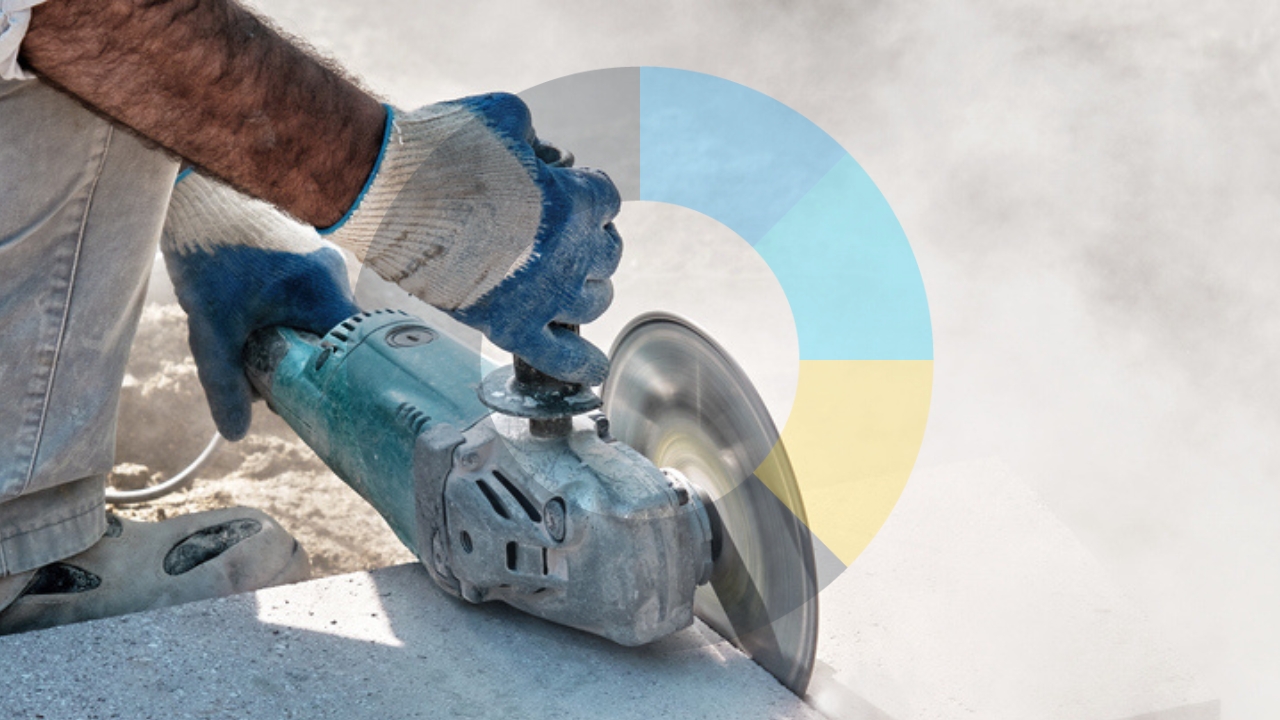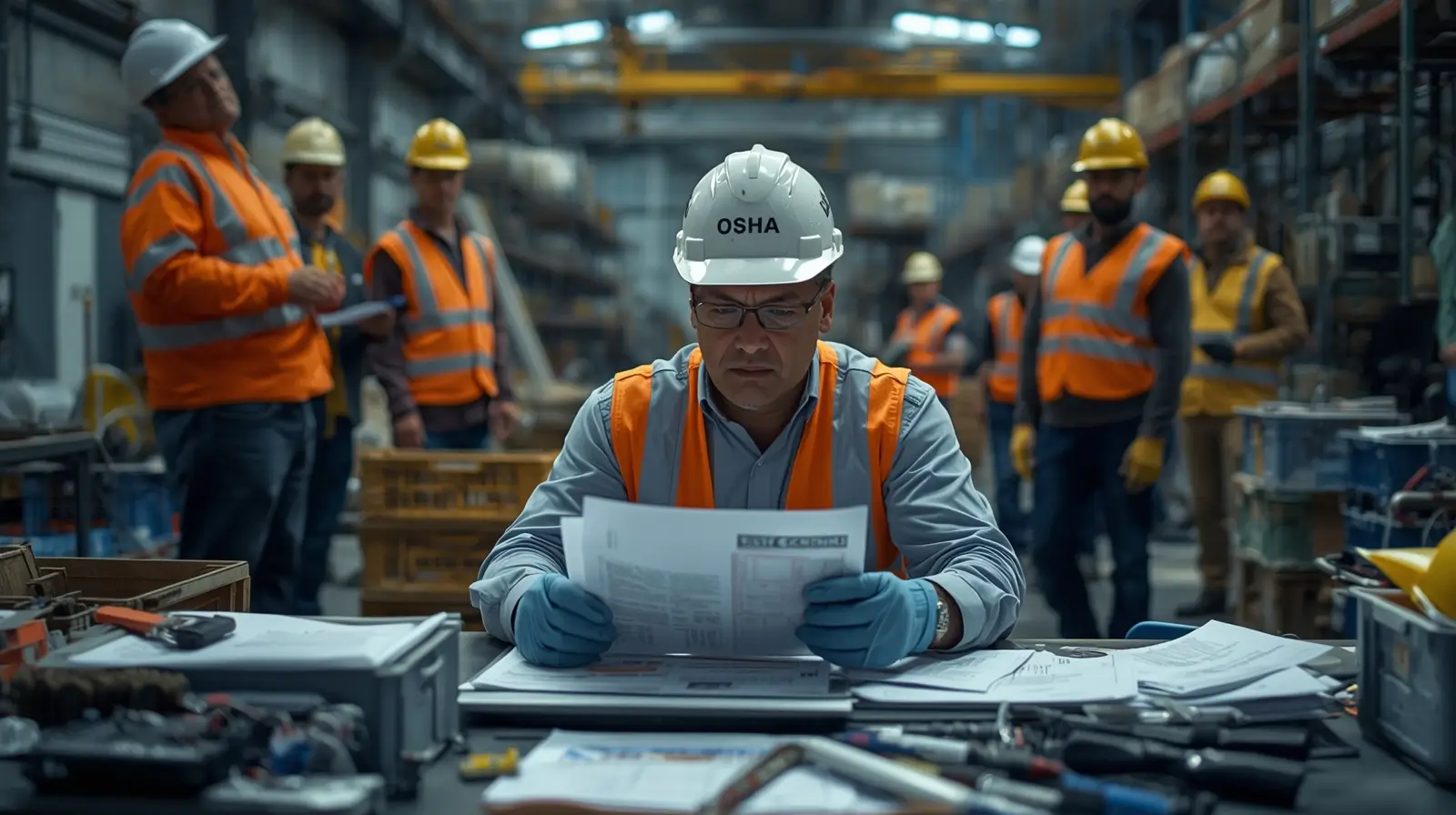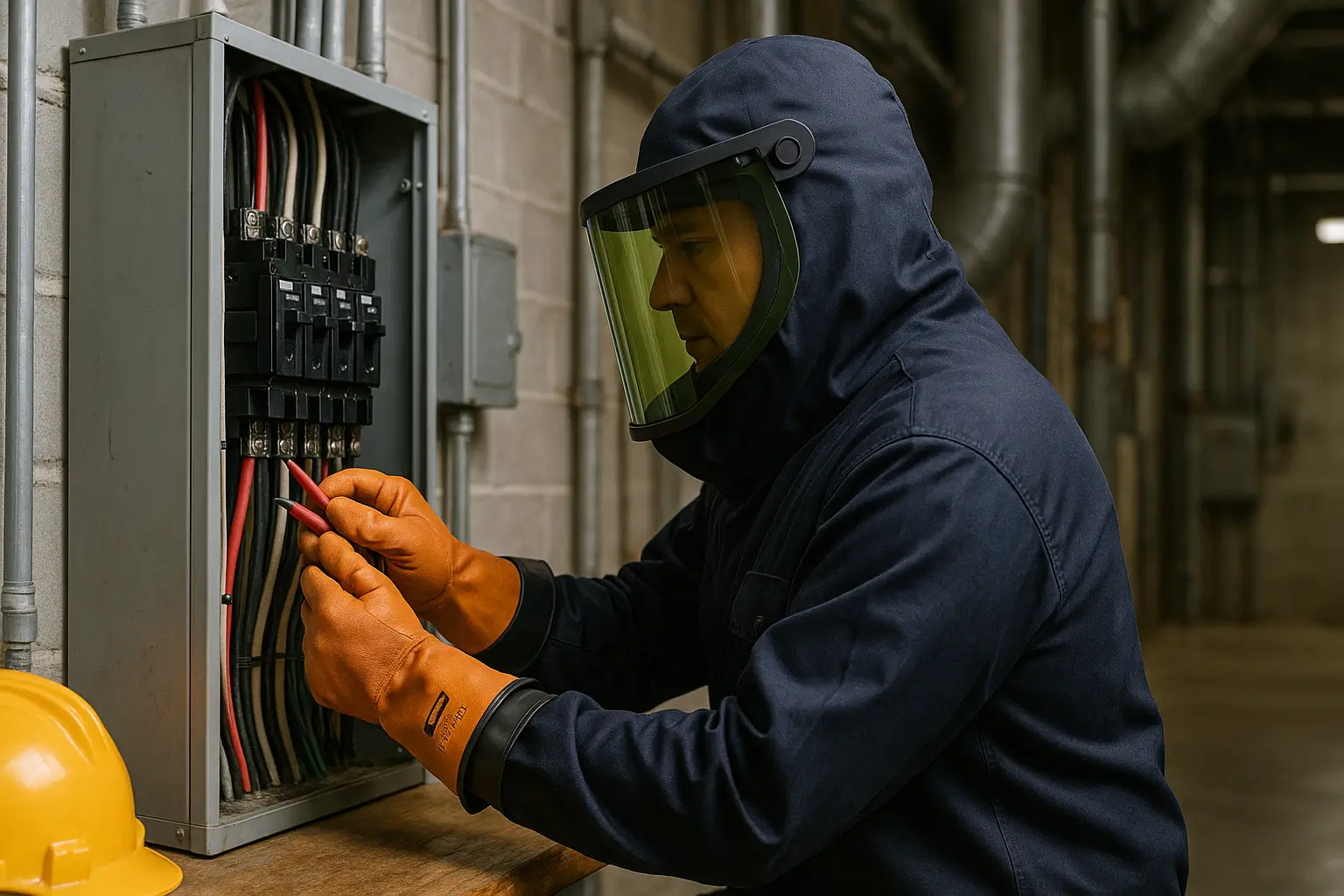Crystalline Silica is a common mineral found in various materials used in construction and mining. Its omnipresence in these industries poses significant health risks to workers. The prevalence of silica exposure and its devastating health impacts make it a critical issue in workplace safety. This article delves into the hidden hazards of crystalline silica in construction and mining, exploring its health risks, economic burden, and the effectiveness of control measures.
Prevalence of Silica Exposure
Crystalline silica is an abundant mineral found in the earth’s crust, present in materials such as sand, stone, concrete, and mortar. It is a key component in the production of numerous products, including glass, pottery, ceramics, bricks, and artificial stone. The most common form of crystalline silica found in these materials is quartz, though it also appears in cristobalite and tridymite forms.
Respirable crystalline silica refers to extremely fine particles, at least 100 times smaller than ordinary sand typically found on beaches and playgrounds. These particles are generated during various industrial activities such as cutting, sawing, grinding, drilling, and crushing stone, rock, concrete, brick, block, and mortar. Specific tasks like abrasive blasting with sand, sawing brick or concrete, sanding or drilling into concrete walls, grinding mortar, and manufacturing brick, concrete blocks, stone countertops, or ceramic products can result in the release of silica dust. Additionally, industrial sand used in foundry work and hydraulic fracturing (fracking) is a significant source of respirable crystalline silica exposure.
Silica exposure is widespread, approximately 2.3 million workers in the United States are exposed to silica at their workplace. Inhalation of these tiny crystalline silica particles significantly increases the risk of serious diseases such as silicosis, lung cancer. In some cases it can also lead towards chronic obstructive pulmonary disease (COPD), and sometimes even kidney disease.
To safeguard workers, OSHA has established two respirable crystalline silica standards: one specifically for the construction industry, and another for general industry and maritime. These standards mandate measures to limit workers’ exposure to respirable crystalline silica and require employers to implement necessary controls and practices to protect their workforce.
Health Impact of Silica Exposure
Occupational exposure to crystalline silica (c-silica) poses significant health risks. Inhalation of respirable c-silica can adversely affect the respiratory, renal, and immune systems, with the respiratory impact being the most severe. Silicosis, a progressive and potentially fatal lung disease, is the most common respiratory effect. This fibrotic condition is uniquely associated with c-silica and does not result from other substances.
Long-term exposure can also lead to decreased lung function, chronic obstructive pulmonary disease (COPD), and an increased risk of lung cancer. Renal effects, though less studied, include acute and chronic nephritis and renal failure. Additionally, c-silica exposure has been linked to autoimmune disorders like systemic sclerosis and rheumatoid arthritis. While silicosis remains the most prevalent and dangerous outcome of c-silica inhalation, the associated risks of lung cancer and other systemic effects underscore the critical need for occupational safety measures.
Health Risks of Silica
Prolonged silica exposure can also lead to other severe health conditions, including lung cancer and chronic obstructive pulmonary disease (COPD). The International Agency for Research on Cancer (IARC) classifies crystalline silica as a Group 1 carcinogen, meaning it is a known cause of cancer in humans. Additionally, silica-related diseases such as tuberculosis and autoimmune disorders further underscore the need for stringent occupational health measures.
Economic Burden
The economic impact of silica exposure is significant, both for individuals and for society. According to the Federal Register, the direct and indirect costs associated with silica-related diseases are substantial. These include medical expenses, lost productivity, and compensation payments. Employers also bear the burden of adherence with OSHA silica standards, which require implementing comprehensive control measures and monitoring systems.
Effectiveness of Controls
Despite the challenges, there are effective measures to mitigate the risks of silica dust. A literature review highlights various engineering controls for silica, such as water suppression systems and local exhaust ventilation, which can significantly reduce respirable crystalline silica levels in the air. These controls, combined with personal protective equipment (PPE) for silica, such as respirators, are crucial in protecting workers.
Silica Control Methods
Effective preventive measures for silica exposure are crucial in safeguarding workers’ health. Regular monitoring of silica dust levels is essential to identify and address any potential hazards promptly. Implementing comprehensive silica safety training programs ensures that employees are well-informed about the risks and the necessary precautions to take. adherence with silica regulations is mandatory, with OSHA’s silica standards requiring employers to limit workers’ exposure to respirable crystalline silica.
Providing appropriate respiratory protection is also a key component of these standards. According to the respirable crystalline silica standard, employers must offer training on the hazards associated with silica and the effective use of control measures. This training is vital for empowering workers to protect themselves and maintain a safe working environment. By adhering to these measures, employers can significantly reduce the risks of silica exposure and promote a healthier workplace.
Global Impact
The issue of silica exposure is not confined to the U.S. Global silica safety standards emphasize the need for international cooperation and uniform regulations to protect workers worldwide. The UN Global Compact highlights the importance of occupational safety and health in reducing silica-related diseases and promoting sustainable development.
-
Crystalline Silica and Construction
In the construction industry, crystalline silica is present in materials like concrete, mortar, and bricks. Construction safety protocols must address the risks associated with silica dust. Engineering controls, such as using wet cutting techniques and dust collection systems, are vital in reducing silica exposure.
-
Mining Safety
In mining, crystalline silica is found in ores and rocks. Mining safety measures should include comprehensive dust control strategies, regular health screenings, and the provision of appropriate PPE. The implementation of effective silica control methods can significantly reduce the incidence of silica-related diseases among miners.
-
Silica Hazard Awareness
Raising silica hazard awareness is crucial in preventing silica exposure. Workers must be educated on the dangers of crystalline silica and trained in proper safety practices. Employers should conduct regular safety meetings and provide accessible information on the health risks and control measures associated with silica dust.
-
Engineering Controls for Silica
Engineering controls for silica are designed to reduce or eliminate silica dust at its source. These controls include water suppression systems, which use water to dampen dust particles, and local exhaust ventilation, which captures dust before it can spread. Additionally, enclosed cabs with filtered air systems can protect operators of heavy machinery from silica exposure.
-
Personal Protective Equipment (PPE) for Silica
PPE for silica is an essential component of workplace safety. Respirators equipped with high-efficiency particulate air (HEPA) filters can provide significant protection against respirable crystalline silica. Employers must ensure that workers are trained in the correct use and maintenance of PPE to maximize its effectiveness.
-
Preventive Measures for Silica Exposure
Effective preventive measures for silica exposure include comprehensive workplace policies and procedures. Regular air monitoring, health surveillance, and risk assessments are critical components of a proactive approach to silica safety. Employers should also establish clear communication channels to report and address potential hazards promptly.
-
Silica Safety Training
Silica safety training is essential in equipping workers with the knowledge and skills to protect themselves from silica dust. Training programs should cover the health risks associated with crystalline silica, the use of PPE, and the implementation of control measures. Regular refresher courses can help reinforce safe practices and ensure adherence with silica regulations.
-
Silica adherence Rates
adherence with OSHA silica standards varies across industries. Silica adherence rates can be improved through stringent enforcement of regulations, regular inspections, and penalties for non-adherence. Employers who prioritize workplace safety and invest in effective control measures are more likely to achieve higher adherence rates.
Economic Impact of Silica Exposure
The economic impact of silica exposure extends beyond medical costs and lost productivity. Employers who fail to adhere with silica regulations may face substantial fines and legal liabilities. Conversely, investing in effective silica control methods can yield significant long-term savings by reducing the incidence of silica-related diseases and associated costs.
Conclusion
Crystalline silica is a hidden hazard in construction and mining, posing severe health risks to workers and significant economic burdens on society. The prevalence of silica exposure, combined with its devastating health impacts, underscores the need for comprehensive control measures and effective silica safety training. Engineering controls for silica and personal protective equipment (PPE) for silica are crucial in reducing exposure and protecting workers. By raising silica hazard awareness and ensuring adherence with silica regulations, we can create safer workplaces and mitigate the risks associated with crystalline silica.
Efforts to address silica exposure must be global, with uniform standards and international cooperation. The economic and health benefits of reducing silica dust in the workplace are profound, making it a priority for industries worldwide. Investing in workplace safety not only protects workers but also contributes to the overall sustainability and productivity of the construction and mining sectors.
As the understanding of the risks associated with crystalline silica continues to evolve, ongoing research and innovation in silica control methods will be vital. Employers, regulators, and workers must work together to ensure that the necessary measures are in place to prevent silica-related diseases and promote a healthy, safe working environment.










